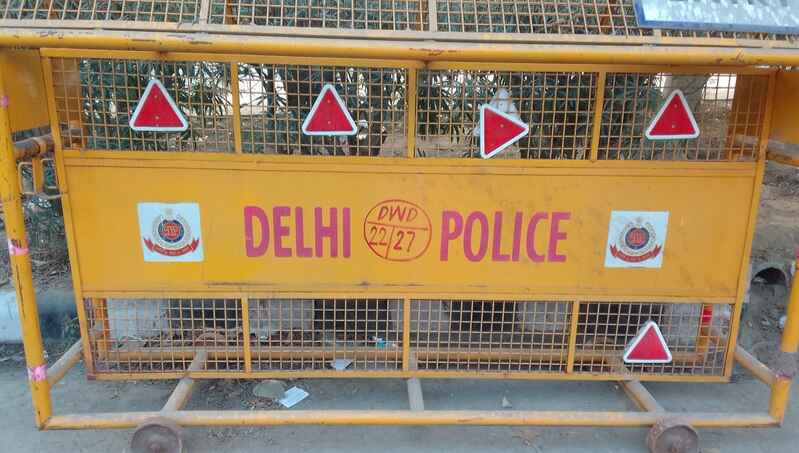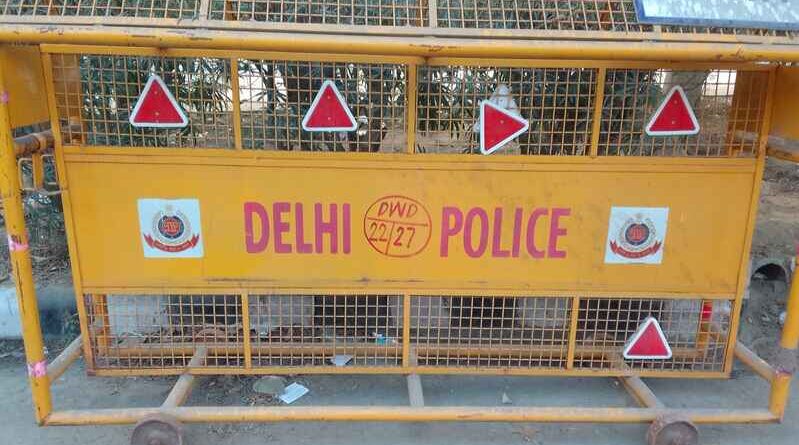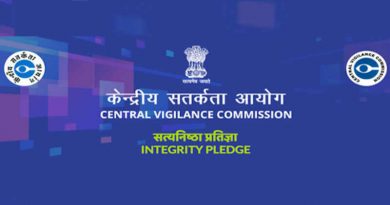Preliminary Incident Analysis: Red Fort Explosion

Preliminary Incident Analysis: Red Fort Explosion
The immediate priority must be to establish a secure channel for receiving direct operational and forensic intelligence from the Delhi Police Special Cell command element at the scene.
By Rakesh Raman
New Delhi | November 11, 2025
1.0 Situational Overview
A significant explosion occurred near a national landmark, the Red Fort, on the evening of November 10, 2025, triggering a high alert across Delhi and prompting an immediate high-level government response. This preliminary analysis synthesizes the initial, verified facts to support situational awareness and strategic decision-making within the Union Home Minister’s office.
Key Incident Summary
Event: Major Explosion
Date: Monday, 10 November 2025
Time: 6:52 pm
Location: Outside Lal Quila metro station, near the Red Fort, Delhi
The following sections provide a detailed breakdown of the event’s chronology, initial impact, and the coordinated response.
2.0 Detailed Incident Chronology and Mechanism
Understanding the precise sequence and method of the attack is critical for initial forensic analysis and for identifying potential patterns or perpetrators. These early details form the foundation of the ongoing investigation.
Initial reporting from The Indian Express indicates the explosion occurred in a slow-moving vehicle stopped at a red light. The Delhi Police have confirmed that approximately 2-3 individuals were inside the car at the time of the blast.
Crucially, the specific nature of the explosion—including the type and composition of the explosive material used—is not yet known. This remains a primary focus for the investigative teams on site. The human cost and immediate consequences of the blast are detailed in the following section.
3.0 Initial Impact Assessment: Casualties
The casualty figures are the most immediate and critical metric of the incident’s severity. While these numbers are preliminary and may be updated, they form the basis for the emergency medical response and public communications strategy.
Summary of Reported Casualties
| Source | Reported Casualties |
| Initial Confirmed Reports | At least 8 killed, several others injured |
| NDTV Report | 8 killed, more than 20 injured |
The organized response by state agencies was initiated immediately following the incident to address these casualties and secure the area.
4.0 Coordinated Response and Current Status
The initial response to an incident of this scale is a critical indicator of the city’s emergency preparedness and inter-agency coordination. Swift action is paramount to secure the site, render aid to victims, and initiate a comprehensive investigation.
Immediate Actions Undertaken
City-Wide Alert: A high alert was sounded across Delhi.
Emergency Services: Seven fire tenders dispatched to the scene.
Law Enforcement: Delhi Police Special Cell team deployed to the site and leading the investigation.
Site Security: Authorities have cordoned off the area to preserve evidence and ensure public safety.
High-Level Government Engagement: Prime Minister Modi has engaged Union Home Minister Amit Shah to direct the government’s response.
As the operational response continues, the incident is being interpreted within a wider political and historical context.
5.0 Emerging Political Context and Historical Precedents
In the immediate aftermath of a major security incident, political and strategic interpretations begin to form, often influenced by historical precedents. Understanding this context is vital for anticipating public discourse, potential diplomatic pressures, and emerging attribution narratives.
Media speculation is already framing a narrative of state-sponsored terrorism, drawing direct parallels to the government’s attribution of blame to Pakistan following the recent Pahalgam incident and the 2019 Pulwama attack. This established pattern is shaping the immediate public and political interpretation of this event.
Cited Precedents
Pahalgam Attack (2025): Mentioned as a recent event where a similar attribution narrative was noted.
Pulwama Attack (2019): Cited as a significant earlier incident where blame was similarly directed.
The investigation must now focus on transitioning from these initial interpretations to evidence-based conclusions by addressing key unknowns.
6.0 Identified Information Gaps and Recommended Next Steps
A preliminary report’s primary function is not only to report what is known but also to clearly identify critical unknowns. Defining these information gaps is essential for directing investigative priorities and intelligence-gathering efforts.
Critical Unknowns
Nature of the Explosion: The exact type and composition of the explosive material remain unknown.
Perpetrators and Motive: There is currently no information regarding the identity of the perpetrators or any claims of responsibility for the attack.
Confirmed Casualty Status: The precise number and condition of the injured individuals require official confirmation beyond initial media reports.
The immediate priority must be to establish a secure channel for receiving direct operational and forensic intelligence from the Delhi Police Special Cell command element at the scene.
By Rakesh Raman, who is a national award-winning journalist and social activist. He is the founder of a humanitarian organization RMN Foundation which is working in diverse areas to help the disadvantaged and distressed people in the society.
Rakesh Raman | LinkedIn | Facebook | Twitter (X)
💛 Support Independent Journalism
If you find RMN News useful, please consider supporting us.




